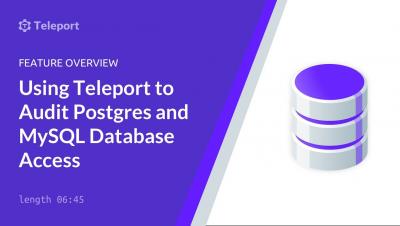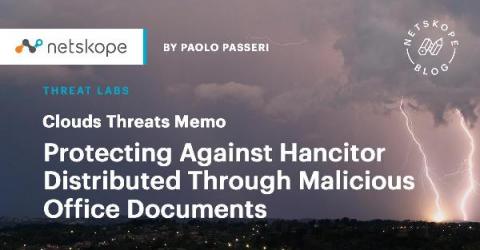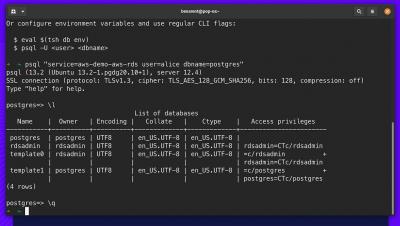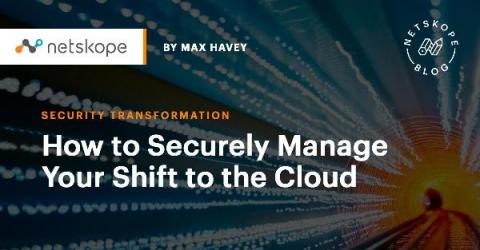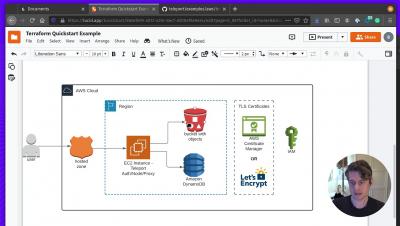Using Teleport to Audit Postgres and MySQL Database Access
0:00 Introduction
0:26 Deployment Overview
1:31 Why use Teleport?
2:05 tsh setup
3:37 psql demo
4:25 Teleport Audit log
5:21 fleund Overview
6:01 Kibana Demo
6:35 Learn more at https://goteleport.com/database-access/
#postgres #mysql #teleport


